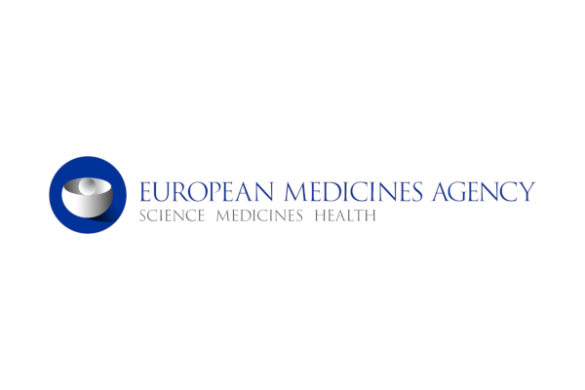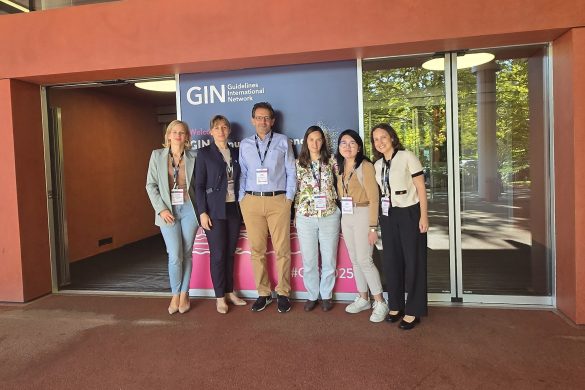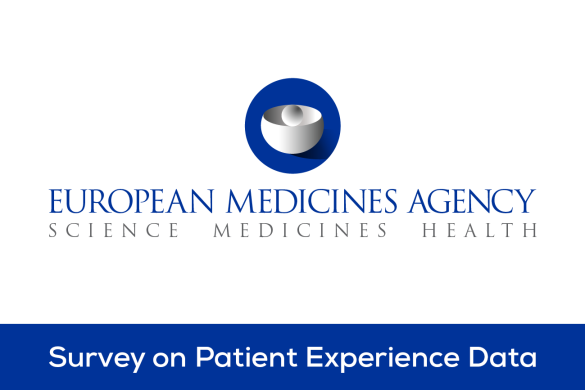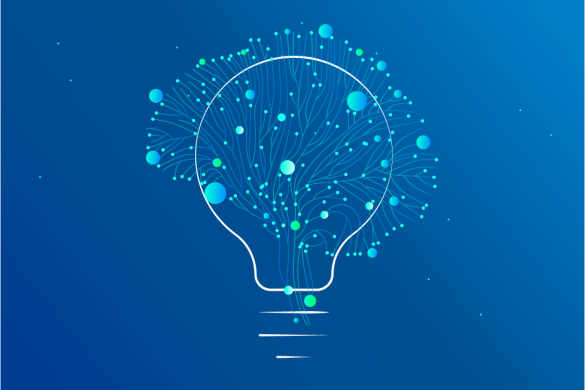The European Academy of Neurology (EAN) is a key partner in the Horizon Europe project EBRAINS 2.0: A Research Infrastructure to Advance Neuroscience and Brain Health. Designed to meet the evolving needs of neuroscience and brain research, its structure will enable users to better leverage the immense potential of shared human neuroimaging data, thereby advancing diagnostics for neurological disorders.
One of the first tasks for the EAN within EBRAINS (work package 2) was to approach its expert members and inquire about their competence, interest, and knowledge of the new connectomics methods for studying clinical conditions.
Following this, last March a short survey was conducted among all EAN Panel members. A total of 344 individuals participated in the study (see table 1).
Connectomics is the science focused on assembling and analysing connectome datasets. A connectome can be understood as a comprehensive map of neural connections in the brain, often referred to as its “wiring diagram”
Table 1. Sociodemographic characteristics of the sample.
| Participants [n, (%)] | 344 (100) |
| Age [Mean (SD)] | 48.6 (12.1) |
| Most frequent country of practice [(n, (%)] – Italy – Germany | 60 (17.4) 22 (6.4) |
| Institution type (n, %) – University Hospital – Public Hospital – Research Facility – Private Hospital – Private Practice – Outpatient Service | 275 (79.9) 79 (23.0) 31 (9.0) 25 (7.3) 25 (7.3) 21 (6.1) |
| Monthly hours dedicated to research [Mean, (SD)] | 48.1 (38.7) |
| Importance of connectomics in research [n, (%)] Highly important Important Neutral Not important | 94 (27.3) 137 (39.8) 88 (25.6) 25 (7.3) |
The Scientific Panel on Multiple Sclerosis provided the majority of the answers (n=50; 14.5%), followed by the Scientific Panel on Movement Disorders (n= 39; 11.3%). More information on the top ten responding panels is found in figure 1.
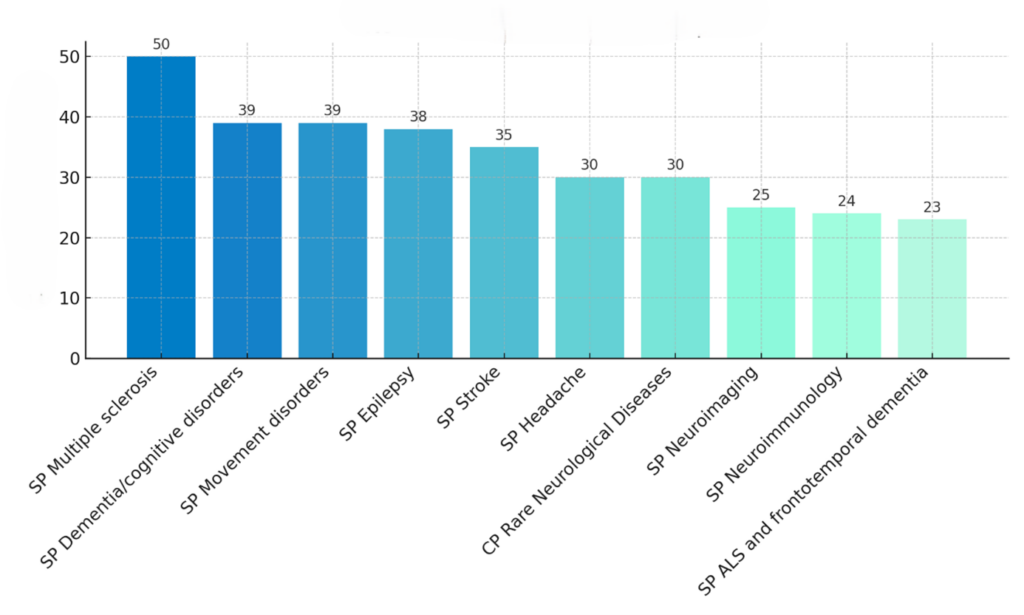
Figure 1. EAN panels with the most replies
A high proportion of the respondents considered the new methods in connectomics as important (39.7%, n= 137). Nevertheless, only 27.9% (n= 57) reported having previous experience with connectomics methods. Participants also reported interest in standardising acquisition protocols (83.3%) and receiving training on data sharing (79.9%). When asked about the type of data used for the analysis of brain connectivity, clinical data was chosen as one of the most frequent answers, followed by structural/difussion MRI and neuropsychological data (see figure 2).
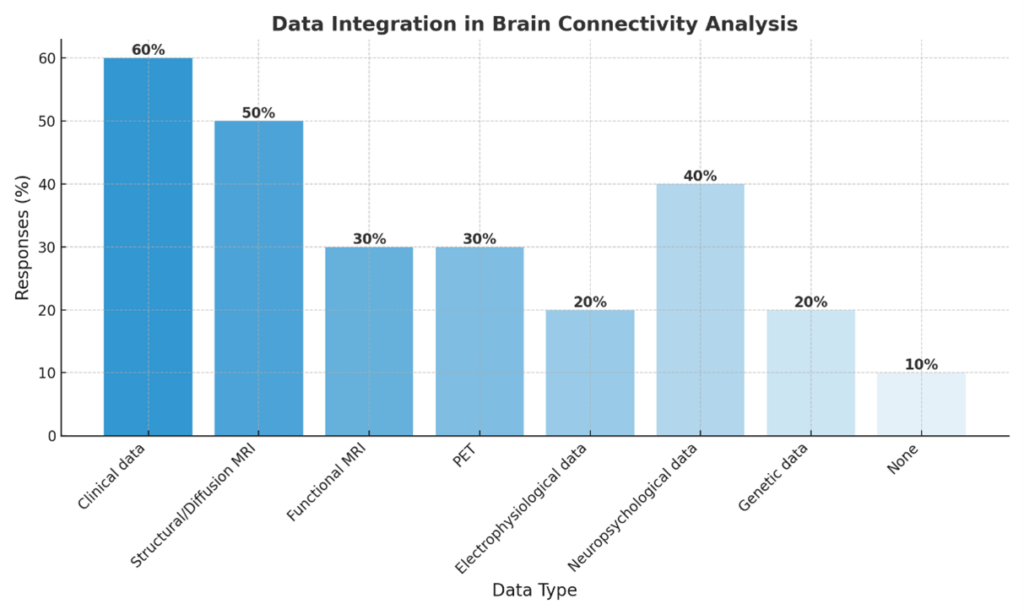
Figure 2. Integration of Data in Brain Connectivity according to EAN Scientific and Coordinating Panels.
Survey responses generally highlight connectomics as a highly relevant field, emphasising the use of imaging techniques and computational methods to study structural and functional connectivity. Likewise, EAN panel members anticipate significant advancements, particularly with the application of AI methods to interpret increasing levels of data on brain connectivity, in both healthy and non-healthy individuals.
The next challenges to be approached imply technical, regulatory and translation aspects as well as the need for collaboration, training, and regulatory compliances.
If you are interested in knowing more details about the survey results, please don’t hesitate to contact us at scientific@ean.org.





